Advertisement
When applying to the Big 4—Deloitte, PwC, EY, and KPMG—your resume has one job: get past the ATS and land you an interview. The truth is, no matter how qualified you are, your resume needs to speak the language of these systems first, then the recruiter. That’s where Overleaf and ChatGPT come into play. Used right, they save you time, remove the guesswork, and help you craft a resume that doesn’t get tossed aside by software.
Applicant Tracking Systems (ATS) are used to screen resumes before a human ever sees them. The software scans for keywords, formats, and patterns that match the job description. If your resume isn't aligned with those, it gets filtered out automatically. The Big 4 receives thousands of applications for roles in audit, consulting, tax, and tech—and they don't have the time to manually sort through all of them. That's why understanding ATS isn't optional. It's the first gate you need to pass.
The format, language, and structure matter more than you'd expect. Fancy visuals, columns, and charts often confuse the system. What works better is clean formatting, simple structure, and consistent language that mirrors the job post.
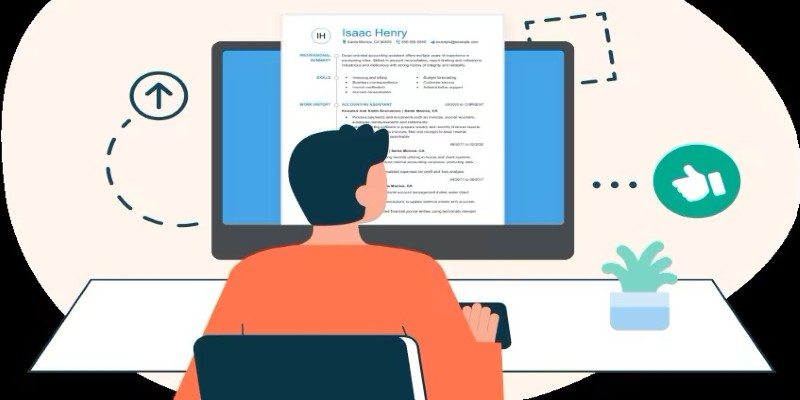
Overleaf is a LaTeX-based online editor often used by academics and engineers. But it's also one of the most efficient tools for making a resume that looks good and stays clean under ATS scrutiny.
Overleaf offers multiple resume templates, but not all of them are ATS-safe. You want something with a single-column format, clear section headings, and no graphics. Avoid templates that look great for design roles—they rarely make it through ATS filters.
Templates like Awesome CV or ModernCV (in their basic versions) work well. Strip away any icons or embedded links. Stick to text, and use bold formatting to make headings stand out.
Keep your resume sections in a predictable order. Start with name and contact info (no need for a photo), followed by Summary, Experience, Education, Certifications, and Skills. Don’t play around with clever titles for these; use standard terms. ATS systems are trained on them.
For example, label the work section as "Professional Experience" rather than "Stuff I've Done" or "Career Highlights." The same goes for "Education" over "Academic Path" or similar variations.
Once the structure is set in Overleaf, it's time to focus on the content. That's where ChatGPT helps—especially if you know what role you're aiming for. The Big 4 tends to look for keywords tied to the job description, measurable achievements, and action-oriented language.
Paste the job posting into ChatGPT and ask it to identify key responsibilities and skills. For example, if you're applying for an audit role at EY, the posting might mention terms like "internal controls," "GAAP," and "risk assessments." These phrases need to appear in your resume naturally—not forced, but clear.
ChatGPT can generate bullet points based on your real experience, rewritten to reflect the same terminology. You might say:
“Worked with senior auditors on monthly reports.”
And ChatGPT might return:
“Collaborated with senior auditors to prepare monthly financial reports in compliance with GAAP standards.”
It’s sharper, uses keywords the ATS is trained to find and feels more aligned with how the Big 4 describe their work.
ChatGPT is useful when turning vague experience into something more solid. If you give it a description like:
“Handled client data.”
It can be reworked to:
“Managed client data for tax reporting, reducing manual entry time by 30% through Excel automation.”
That kind of bullet point gives context, impact, and skills—all in one.
A professional summary at the top is optional, but when used, it needs to be sharp and job-specific. A generic line like:
“Motivated professional with strong communication skills”
It Won't help. Instead, prompt ChatGPT with:
“Write a 3-line summary for a resume targeting an audit associate role at Deloitte. Highlight recent accounting degree, internship experience, and attention to detail.”
You’ll get something far more targeted, like:
“Recent accounting graduate with internship experience at mid-sized CPA firms, familiar with audit cycles and financial reporting. Skilled in Excel, QuickBooks, and SAP. Known for accuracy, organization, and strong documentation skills.”
Much better—and likely to get flagged positively by both ATS and recruiters.
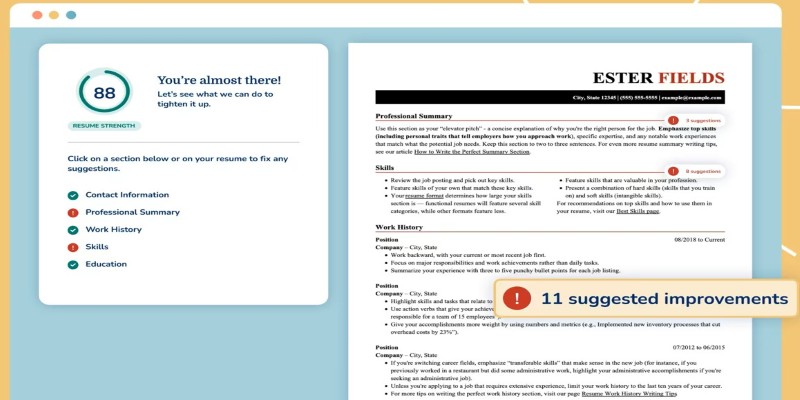
Once your resume is written and formatted, don’t skip the last few steps. These can be the difference between a resume that’s just OK and one that performs well.
There are tools like Jobscan or ResumeWorded that can give you a test score against the job description. Upload your Overleaf PDF version and paste the job posting. You'll get a list of missing keywords and structure issues.
You don’t have to hit 100%. But if you're getting under 70%, it's worth revisiting some sections with ChatGPT's help and editing in Overleaf.
Make sure your final PDF isn’t scanned or image-based. Overleaf exports clean, text-based PDFs by default, which is good. Don’t convert it through third-party apps or use screenshots—those won’t get read correctly by ATS systems.
If you’re early in your career or switching industries, one page is enough. Prioritize relevant experience. Cut out college clubs or generic part-time jobs unless they demonstrate something directly valuable—like leadership, client service, or data skills.
Building an ATS-friendly resume doesn't mean stripping away your voice—it means structuring and phrasing your experience in a way that software and recruiters both understand. With Overleaf, you get control over formatting that looks professional. With ChatGPT, you can sharpen the language, add the right keywords, and match the tone Big Four firms expect. When used together, they give you an edge—not just in getting noticed but in presenting the best version of yourself.
Advertisement
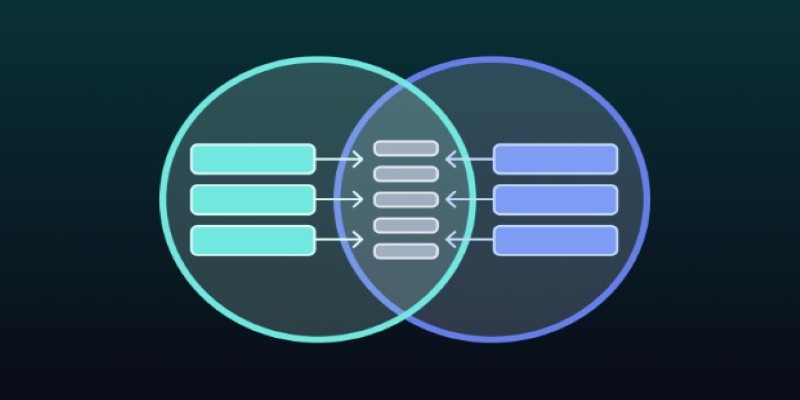
Need to merge tables in SQL but not sure which method fits best? This guide breaks down 11 practical ways to combine tables, making it easier to get the exact results you need without any confusion
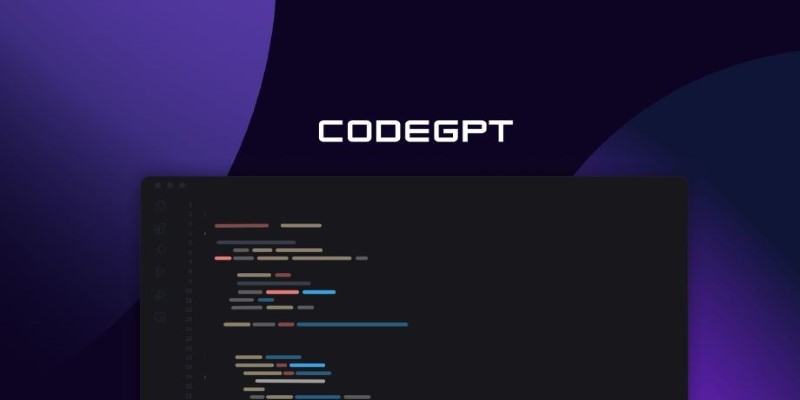
Curious about CodeGPT? Learn what CodeGPT is, how it works, and whether it can really write code that runs. Simple guide for beginners and curious minds

Wondering how people actually get good at working with large language models? Start with these seven straightforward steps that show you what matters and what doesn’t

Ever wondered how to turn a simple text prompt into a beautiful image? Learn how Imagen 2 by Google DeepMind can help you create stunning visuals in just a few steps

How to use the Nightshade AI tool to protect your digital artwork from being used by generative AI models without your permission. Keep your art safe online
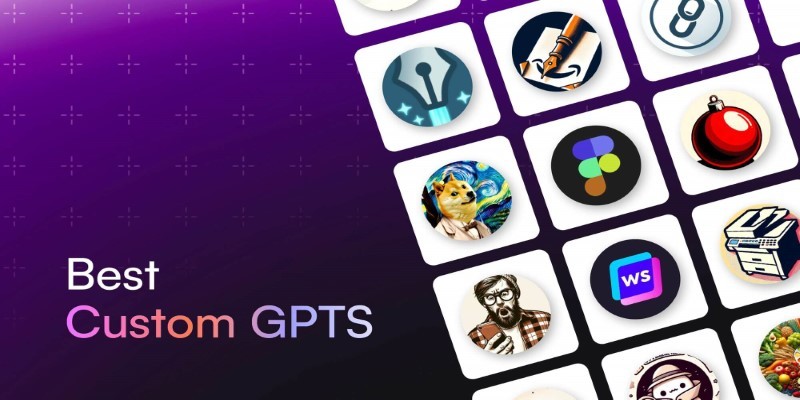
Looking for AI tools that actually help? These 8 custom GPTs are ready to use right away and designed to simplify tasks, solve problems, and speed up your work.

Learn here key security challenges and practical solutions for protecting AI and edge computing systems from cyber threats
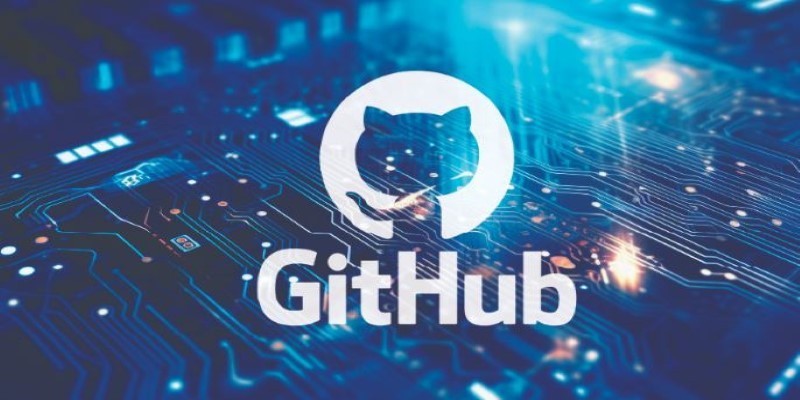
Say goodbye to small coding errors and hello to GitHub’s Autofix. Learn how this AI-powered feature automatically finds and fixes bugs, saving time and boosting your code quality

Ever wondered how you can make money using AI? Explore how content creators, freelancers, and small business owners are generating income with AI tools today
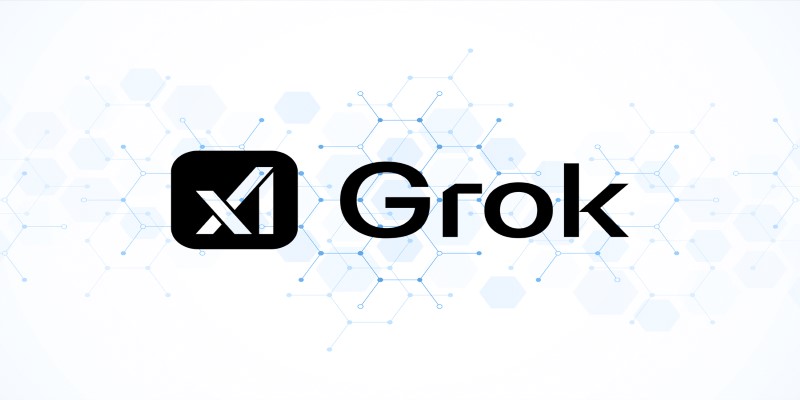
Heard about Grok but not sure what it does or why it’s different? Find out how much it costs, who can use it, and whether this edgy AI chatbot is the right fit for you
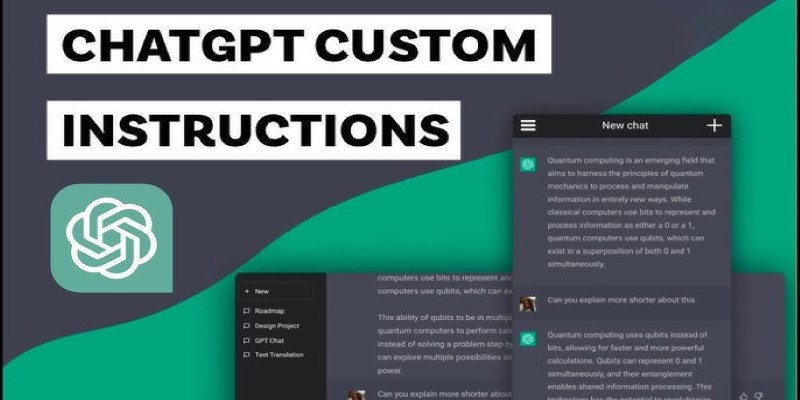
Want to make ChatGPT work better for you? Check out the five most effective ways to use custom instructions and personalize your chats for smarter responses

From solving homework problems to identifying unknown objects, ChatGPT Vision helps you understand images in practical, everyday ways. Here are 8 useful ways to try it